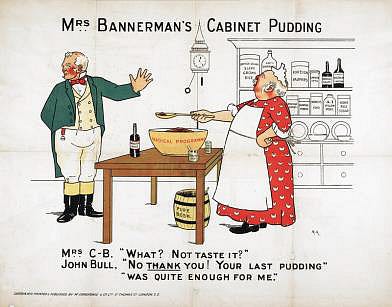If “nostalgia” has as its root the Greek ἄλγος for pain and νόστος for homecoming, I reject it. I favour something that more appropriately captures my childhood memories: “glukedonia” from γλυκύς for sweet and ἥδονη for pleasure.
And my glukedonia pines very directly for sponge puddings with, yes, custard. Yes, hot custard. (I recently had a major disagreement with our older nephew about the virtue of cold as opposed to hot custard which, in short, has seen him disinherited from the will).
What else is sibilance for than sussurating those sweet, sweet words, that elegant poetic form: steamed syrup sponge:
What else do British people have so universally in common than fond remembrance of school hymns and school dinners (and dinners in the northern sense quite rightly)? I, of course, was as partial as any kid to ice cream, or cornflake tart, or chocolate semolina (oh yes). But nothing quite did it for me as much as jam roly-poly. The firm but giving sponge - the sweet, tart jam mushed into the hot white custard. And there was a chocolate sponge sometimes, and a syrup one.
Sadly these noble staples have taken something of a backseat to their brasher, earthier cousin the ubiquitous sticky toffee. I’m sorry to say it is just a bit too much for me.
Perhaps one day I shall be grand enough to try something called “Cabinet Pudding” (also known as Chancellor’s Pudding or, most excitingly, Newcastle Pudding), a sort of decorated fruit sponge. In Disraeli’s first novel Vivian Grey it is mentioned as being served with “curaçao sauce” whatever that is. And keeping with the Prime Ministerial theme, here is a 1906 satire of Henry Campbell-Bannerman’s mashed-up policies, sent up as “cabinet pudding”. Frankly, even a bit of cabinet semolina would do us right now…
Ah glukedonia. Land of primary school kids and Prime Ministers.
Sponge puddings. I love sponge puddings.





